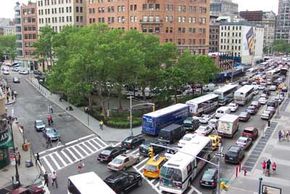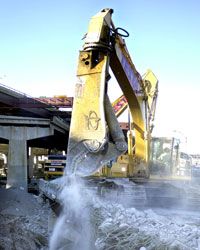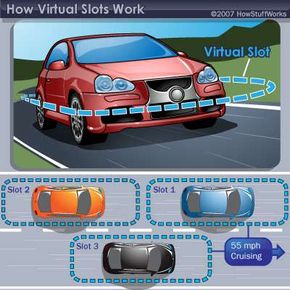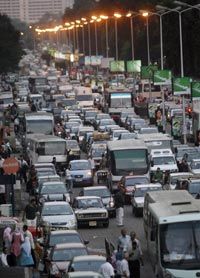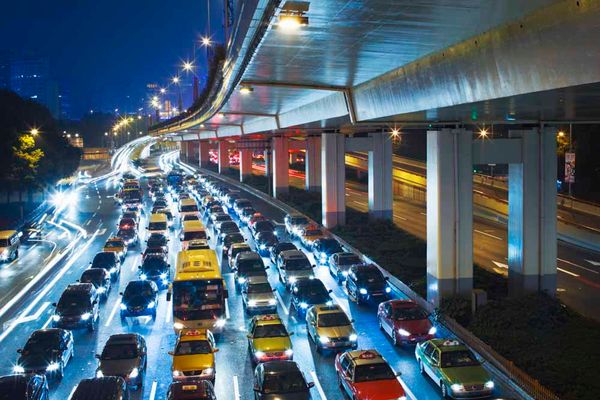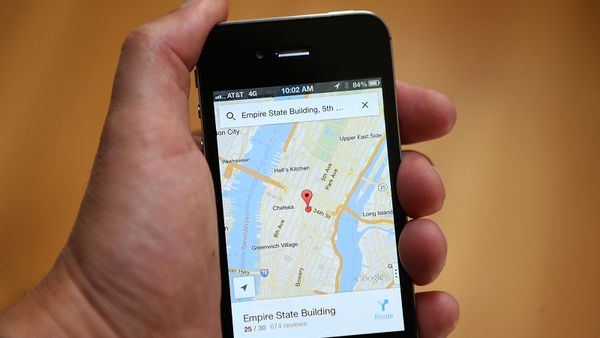Have you ever wondered how many hours you've spent sitting in bumper-to-bumper traffic? According to the Texas Transportation Institute (TTI) at Texas A&M University, you might spend as much as two weeks in your car each year [source: Reason Foundation].
The 2007 study revealed that in 28 urban areas, including cities like Boston, Detroit, Atlanta, San Francisco, Orlando and Minneapolis-St. Paul, drivers spent an entire work week sitting in traffic each year. In Los Angeles, the country's benchmark for traffic congestion, it could be up to nearly two weeks.
Advertisement
Traffic has serious consequences, and not just on your well-being. The estimated cost of traffic for 2005 was more than $78 billion (in fuel and wasted time), and that doesn't take into account factors like environmental damage or health costs due to pollution [source: TTI]. In fact, Americans bought 2.9 billion extra gallons of gas because of traffic congestion. The average annual cost to an individual driver was $710 [source: TTI].
Many factors can contribute to traffic congestion, but the most basic explanation is that the number of drivers trying to use the same road is so high that it goes beyond the road's capacity to handle cars. That's a pretty simple explanation -- too many cars in one place causes traffic. Unfortunately, the underlying reasons for too many cars in one place at one time are more complicated. University departments and civil engineers dedicate hundreds of hours and require millions of dollars in funding to understand how traffic congestion forms and what can be done about it.
City planners, civil engineers, environmental advocacy groups, homeowner associations, politicians and the general population can have a significant impact on how we address traffic congestion. Traffic is a very political and sensitive issue since almost every proposed method of addressing it carries a hefty price tag, raising the question of who pays the bill.
In this article, we'll learn about traffic congestion on highways and surface streets and the options city and state officials have when approaching traffic management. We'll look at ways you can help prevent traffic snarls through your own driving and car-maintenance habits. And in the last section, we'll find out which cities are known for the worst traffic.
In the next section, we'll take a closer look at highway congestion.
Advertisement
